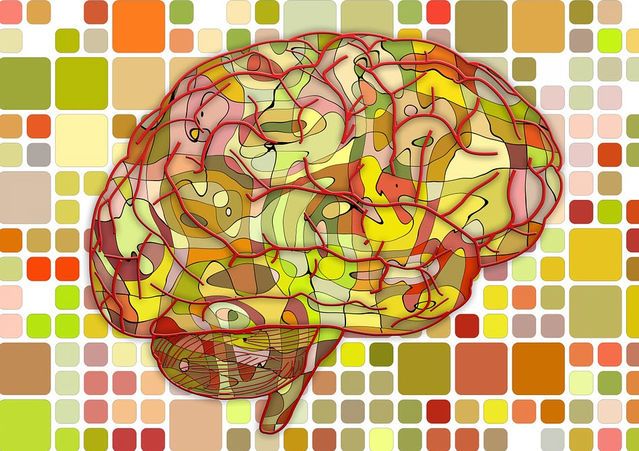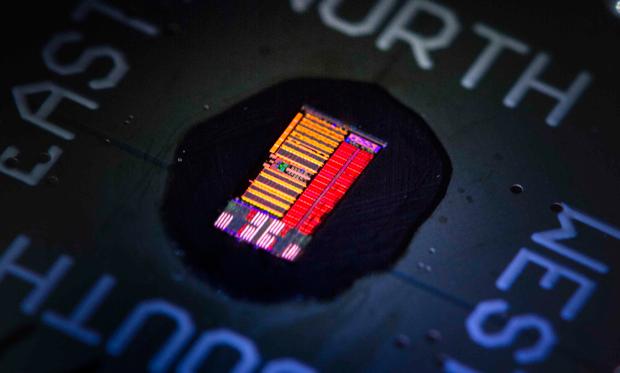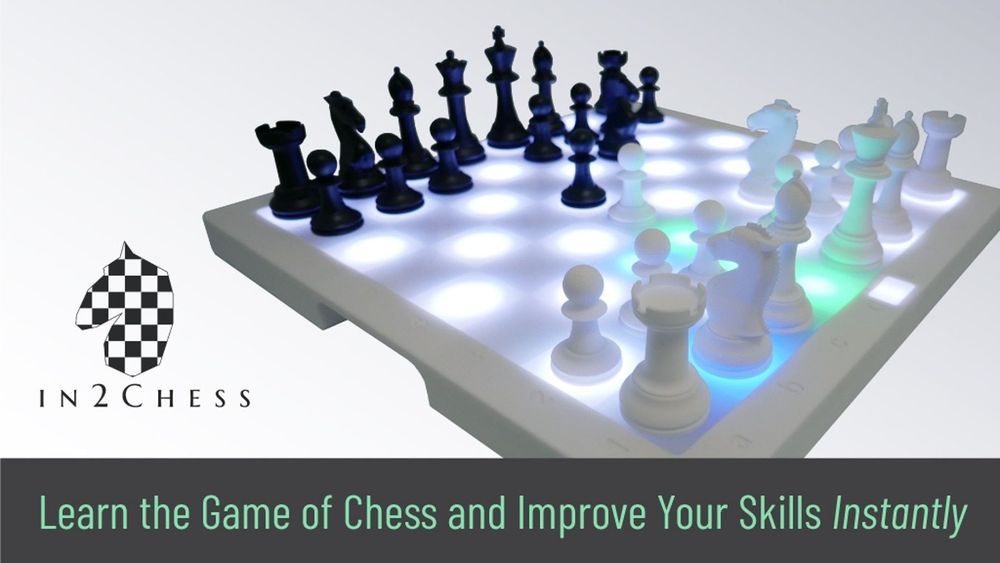In a breakthrough that could save thousands of lives, scientists have found a way to convert all blood types to the universal type that is safe for all patients to receive, by using microbes found in the human gut.
Researchers from the University of British Columbia have figured out how to convert blood types A, B and AB into the universal Type O, which all patients can receive in a transfusion, regardless of their own blood type.








